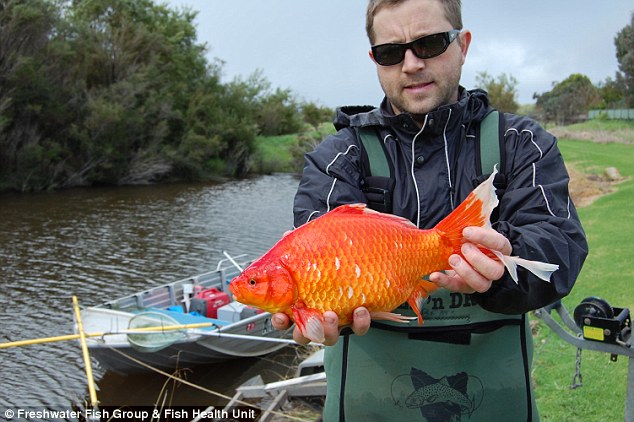
The Scots are renowned for their whisky but, for the second year in a row, whisky from another country has been named the best in the world.
Crown Royal Northern Harvest Rye, a Canadian malt whisky, was awarded 97.5 marks out of 100 in Jim Murray’s Whisky Bible, earning it the title of world whisky of the year.
Despite its stellar reputation in the whisky world, not a single Scottish whisky made the top five.
Jim Murray’s 2016 World Whiskies of the Year
1. Crown Royal Northern Harvest Rye (Canada) – £47 a bottle
2. Pikesville Straight Rye (USA) – £33 a bottle
3. Midleton Dair Ghaelach (Ireland) – £180 a bottle
4. William Larue Weller Bourbon (Bot.2014) (USA) – £65 a bottle
5. Suntory Yamazaki Mizunara (Bot.2014) (Japan) – £45 a bottle
Editor of Scotchwhisky.com Becky Paskin said: “While it’s disappointing that Scotch has been omitted from Murray’s top five again, it’s heartening to see that he’s included a real mix of whiskies from around the world that aren’t all selected from the luxury sphere.
“The absence of Scotch, however puzzling, has no bearing at all on the quality of whisky coming from Scotland. Interest in world whisky is increasing and drinkers are likely to want to experiment with the medley of styles and flavours available.
“It’s important to remember that, whether you agree with Murray’s top five or not, this is just one man’s opinion. My advice would be to go out and taste these whiskies for yourself.”
Despite not winning the coveted whisky of the year award, Scotland’s Glenfarclas 1957 Family Cask 2110 did win the single cask of the year award.
Whisky expert Murray tasted more than 1000 whiskies before deciding on the Crown Royal and called it a masterpiece: “Rye, that most eloquent of grains, not just turning up to charm and enthral but to also take us through a routine which reaches new heights of beauty and complexity.
“To say this is a masterpiece is barely doing it justice.”
Tom Sandham, one half of the Thinking Drinkers, said: “The news of a Canadian winner might surprise some, but it shouldn’t.
“The country has extraordinary whisky heritage. And rye is one of the original grains in North American whiskey production, it has long been re-asserting itself with connoisseurs and leading bartenders who use it in classic cocktails. So to see it break through here is evidence of the grains’s resurgent popularity.
“But remember this is only one view, and a nice bit of publicity for man, brand and whisky as a whole, but the only way you’ll determine what you like is if you try things. Lots of different things. The great thing about whisky is that a wider demographic is now engaging, which is excellent because there are hundreds of stunning whiskies being made all around the world right now.”
Yvonne Briese, Vice President of Crown Royal said: “Crown Royal Northern Harvest Rye showcases the rye whisky that has been such an integral component of the Crown Royal Deluxe blend since 1939. This is a testament to the unbelievable blending and distilling that’s been taking place in Gimli for over 75 years.
“We are thrilled that Crown Royal Northern Harvest Rye has been named World Whisky of the Year.”
Some whisky connoisseurs were sceptical of the win, with specialist whisky author Charles MacLean telling The Times the success of foreign winners was a marketing ploy: “You should compare like with like. These whiskies from around the world are all made to be different. Canadian whisky allows for all sorts of additives, such as prune juice to sweeten it.
“This is forbidden in Scotch, which has strictly defined terms of how it can be made. It must have the flavour derived only from the raw materials: barley, water and yeast. Nothing may be added.”
However, Murray defended his choice robustly: “Last year people were shocked when I gave [Japanese whisky] Yamazaki the award – until they tasted it. Then they saw it was not the affront to Scotch they first thought and something truly extraordinary.
“This year, doubtless there will be many more eyebrows raised because rarely is Canada mentioned when it comes to the world’s top whiskies. But, again, I have no doubt people finding the bottling I tasted will be blown away with this whisky’s uncompromising and unique beauty. It certainly puts the rye into Canadian rye.”

